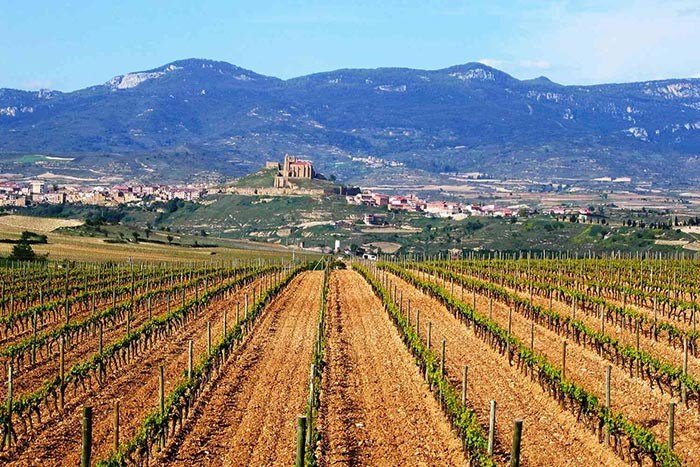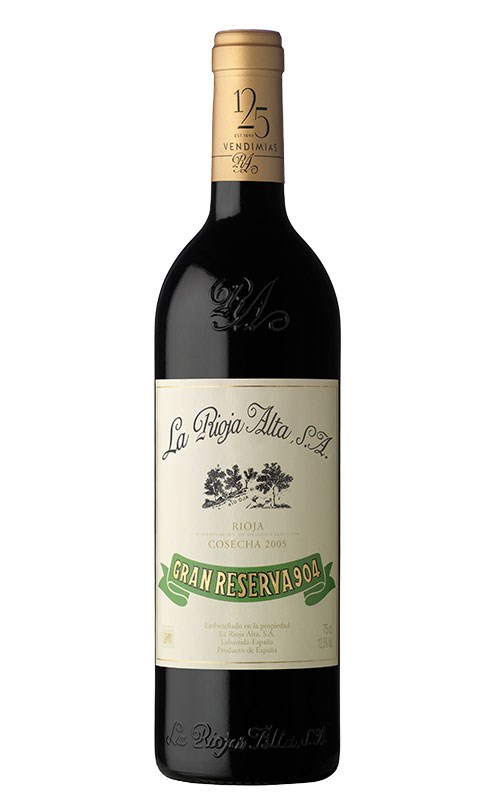 Photo: Wine Tourism Spain
Photo: Wine Tourism Spain
Google Images is awesome except when it isn’t. I’ll explain.
A few years ago a co-worker was setting up a tasting and she called me for advice.
“What picture should I use for my Spanish tasting?” she asked.
I was busy. “Um, Spanish people drinking wine”, I said. Boom. I spent the least amount of syllables and calories possible on that answer. Nailed it.
“How many Spanish people?” she replied.
I sunk, slightly. I don’t really care about pictures or signs (my house has pictures in it only because I am married). I care even less about how many imaginary Spaniards are drinking wine without me in a picture on a sign, but now here I am thinking about all of that. Sigh.
“Seven?” I offered out of thin air.
“Why seven?” she asked.
This strategy was clearly not a win for me. “Why don’t you just use a Spanish flag?” I said, closing the lid. My colleague begrudgingly accepted this lame new suggestion, and left to go and look for a Spanish flag on Google Images. I finished my work and was starting to have a good day when she called back sounding really upset. “That was a horrible idea”, she said.
She told me how an elderly gentleman reacted to her sign, saying that it brought back painful memories, and that the flag was offensive and should be removed.
“Well maybe that guy doesn’t like Spain” I said, because I’m not at all quick.
“No, he WAS Spanish”, she replied. I asked to see the sign that she made, there was the flag. It had the familiar horizontal bands of red, yellow and red, but in place of the royal seal was a freaking gigantic scary black eagle. This was the flag of fascist Spain. This was the flag of Franco. Without speaking, we quickly found a picture of seven Spanish people drinking wine.
General Francisco Franco famously won the Spanish Civil War, the precursor to WWII. The Spanish remember the next 40 years, when Franco ruled a despotic, isolated, impoverished Spain that became lost in time. Western Europe formed an economic union but Spain didn’t. France, Italy and Germany exported their wine-grape varieties to the burgeoning New World regions but Spain didn’t. It wasn’t until after Franco’s death in 1975 – well after Cabernet Sauvignon and Pinot Noir had conquered the globe – that the outside world got a peek at Spain’s glorious, legendary variety: Tempranillo.
What would the modern wine world look like had Franco lost the war? Tough to say, Tempranillo has, in the last couple of decades, proven kind of finicky when planted in expatriated settings – the most prominent attempts in California produced flaccid juice bombs and jug wines. In native Spain, though, the grape sings arias. Thin-skinned and hyper-sensitive to altitude, Tempranillo can play both the masculine and feminine roles: in Rioja Alta (the more traditional region) it can age like Burgundy or Brunello; in the warmer, lower regions like Toro and Ribera del Duero it can achieve the RPMs of the most intense Right Bank Bordeaux.
 La Rioja Alta Gran Reserva “904” 2007, Rioja. A glorious returning champion, being as the 2005 vintage was last year’s #1 on Wine Enthusiast’s Top 100 (we didn’t skip over a year – they didn’t make a 2006). I have taken to calling this wine the Brunello of Spain; it drinks, finishes and cellars accordingly. Cherries, orange peel, vanilla and tobacco precede an intense, bright mouth-feel with a floral lift at the end (perhaps courtesy of the 10% Carignan). Massively gulpable now, but will thrive well into the next decade. One of my very favourite Spanish wines. 97 points James Suckling, 95 points Robert Parker, $91.99 +tax
La Rioja Alta Gran Reserva “904” 2007, Rioja. A glorious returning champion, being as the 2005 vintage was last year’s #1 on Wine Enthusiast’s Top 100 (we didn’t skip over a year – they didn’t make a 2006). I have taken to calling this wine the Brunello of Spain; it drinks, finishes and cellars accordingly. Cherries, orange peel, vanilla and tobacco precede an intense, bright mouth-feel with a floral lift at the end (perhaps courtesy of the 10% Carignan). Massively gulpable now, but will thrive well into the next decade. One of my very favourite Spanish wines. 97 points James Suckling, 95 points Robert Parker, $91.99 +tax
Written by Jordan Carrier, Vintage Room Consultant at Everything Wine – River District.


